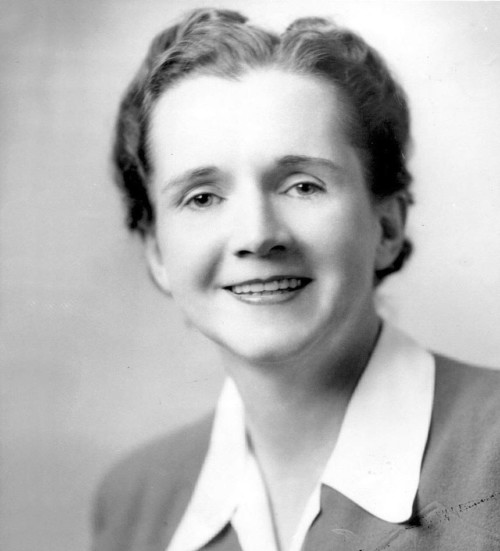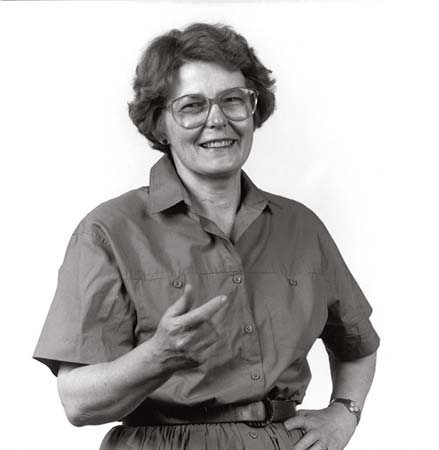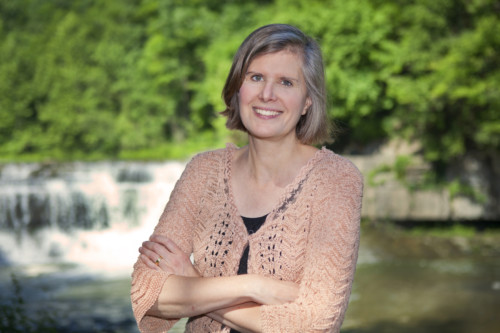4 Incredible Women Who Advanced Science
With the release of Hidden Figures earlier this year, the women behind some of science’s biggest discoveries are finally getting their due credit. In the world of science especially (which requires a specialized knowledge women are discouraged and were historically barred from seeking), women have long struggled to find a comfortable place, often facing (even today) immense harassment, or else having men above them get credit for their work.
Below, we’ve put together a short (and by no means exhaustive) list of women whose contributions in the realm of scientific advancement helped society move forward in the environmental arena– a legacy that endures to this day.
Rachel Carson
In America’s modern environmental movement, Rachel Carson is one of the most important names (if not the most important name) there is. Her seminal work, [easyazon_link identifier=”0618249060″ locale=”US” tag=”gardcoll03-20″]Silent Spring[/easyazon_link] (published in 1962), focused on DDT and its disastrous effect on the environment, extrapolating from that case study as a way to speak broadly on the unintended (and often not immediately observable) consequences human activity has on nature.
A year after Silent Spring was published, Carson spoke in Congress in support of policies protecting the environment– as well as human health– from the pollution of various chemical industries. Her writing and speaking set the stage in the cultural zeitgeist for much of the current Environmental Protection Agency’s work.
Rosalind Franklin
Though Rosalind Franklin was not involved in ecology or environmental science specifically, her work on DNA revolutionized science as a whole– the repercussions of which are still being felt, even fifty years later. The famous James Watson and Francis Crick are typically given the top-bill regarding the discovery of DNA’s double helix structure, Franklin performed her own research on DNA’s structure using x-rays and filed the infamous ‘Photo 51’ among her notes.
Maurice Wilkins, a lesser known researcher who also received the Nobel Prize alongside Watson and Crick for their DNA discovery, eventually removed ‘Photo 51’ from her notes (without her knowledge) and showed it to Watson and Crick. For Watson and Crick, ‘Photo 51’ offered a kind of final proof and confirmed the model they had working on; they rushed to publish their results. Franklin went on to work on viruses, and laid the groundwork for modern virology. She died before Watson, Crick, and Wilkins were awarded the Nobel Prize for their work on DNA.
Margaret Bryan Davis
Working as a palynologist and paleoecologist, Margaret Bryan Davis’s discoveries around pollen have had “significant implications on various theories of global warning.” Her research involves using pollen counts to map changing vegetation history since the last ice age, data essential to confirming changes in the environment as a response to Climate Change; her work helped develop modern approaches to predicting how environments will change under Global Warming. In 1982, she was elected to the National Academy of Sciences.
Sandra Steingrabber
Often seen as a kind of modern heir to Rachel Carson, Sandra Steingraber is an authority on the link between human health and the environment. A survivor of cancer herself, Steingraber has been a vocal proponent of investigating the effect of harsh chemicals on the human body; the documentary, Living Downstream, follows her for a year, tracking her personal struggle with cancer as she works towards breaking the silence on the relationship between cancer and toxic pollutants. Like Carson, she operates somewhere between science and poetry, making her work accessible to the public. Mostly recently, she has vehemently opposed fracking.
Read more about the history of women in ecology here.




































